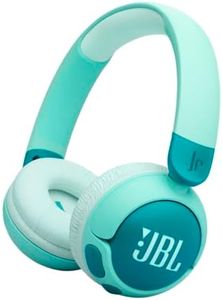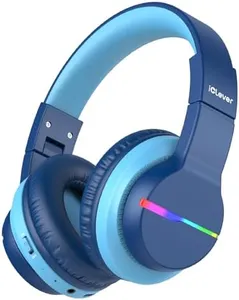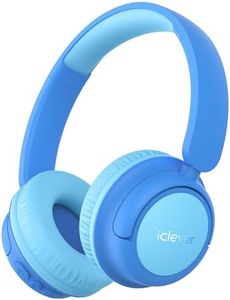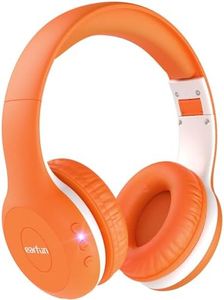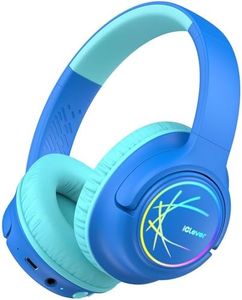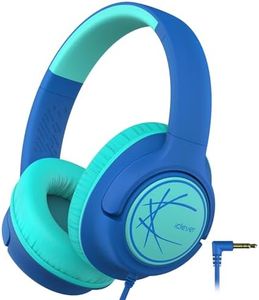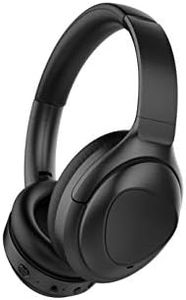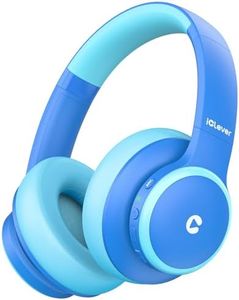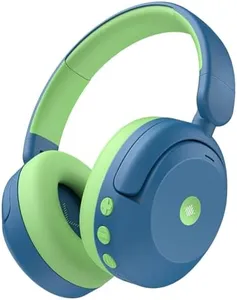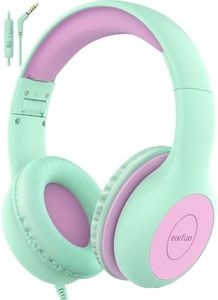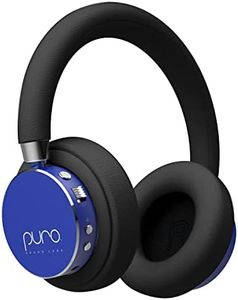We Use CookiesWe use cookies to enhance the security, performance,
functionality and for analytical and promotional activities. By continuing to browse this site you
are agreeing to our privacy policy
10 Best Kids Headphones
From leading brands and best sellers available on the web.By clicking on a link to a third party's website, log data is shared with that third party.
Buying Guide for the Best Kids Headphones
When choosing headphones for kids, it's important to focus on safety, comfort, and durability. Kids' headphones are built differently from adult models, taking into account smaller heads and sensitive ears. You'll want to select headphones that keep the volume at safe levels while also being comfortable for long periods of use. Prioritizing top features and usability can help you make a choice that keeps your child safe and happy.Volume LimitingVolume limiting is a feature that restricts the maximum sound level the headphones can output, usually to around 85 decibels. This is crucial for protecting a child's hearing since excessive volume can damage sensitive ears over time. Some headphones let you adjust the limit slightly, but look for products with this feature clearly marked. For most users, always make sure the headphones do not exceed the commonly recommended safe listening level.
Fit and ComfortThis refers to how well the headphones sit on a child's head and ears. Poorly fitting headphones can be uncomfortable and may not stay in place. Headphones come in over-ear, on-ear, and earbud styles, but for young children, over-ear or on-ear options with adjustable headbands and cushioned ear pads are often recommended. Try to choose a model that matches your child's head size and is lightweight, so it doesn’t cause discomfort during long listening sessions.
DurabilityDurability means how well the headphones can withstand being dropped, bent, or roughly handled, which is common with kids. Sturdier models often use thicker plastics or reinforced cables. Some are tested for twisting and bending. Look for headphones that specifically mention child-proof features or have detachable cables, as these will last longer in a child's hands.
Wireless vs. WiredHeadphones can be either wireless (usually Bluetooth) or wired. Wired headphones don’t need charging and often have a limit on volume due to the limitations of mobile devices, but the cable can get tangled or break. Wireless headphones provide more movement freedom and no cord, but you have to manage battery life and charging. For very young kids, wired might be preferable for simplicity, while older children may enjoy the convenience of wireless.
Size and AdjustabilityThis is about how the headphones fit as your child grows. Some headphones have adjustable bands and flexible parts to accommodate different head sizes. Choose headphones that can grow with your child to get longer use from your purchase. Adjustable features are especially useful if the headphones will be shared between siblings of different ages.
Parental Controls and Sharing FeaturesSome headphones come with parental controls that allow you to lock volume levels or set time limits. Others may have sharing ports so multiple children can plug into the same device. If you want more supervision over your child's listening habits, look for models with these options. Sharing ports are helpful for travel or group listening.
Sound QualityWhile the most important aspects for kids are safety and comfort, sound quality still matters for a pleasant listening experience. Basic kids’ headphones may not provide the best audio clarity or bass, but they should still sound clear and not be too harsh. If your child is picky about sound or uses the headphones for educational apps, aim for a model that mentions balanced sound and clear voices.
